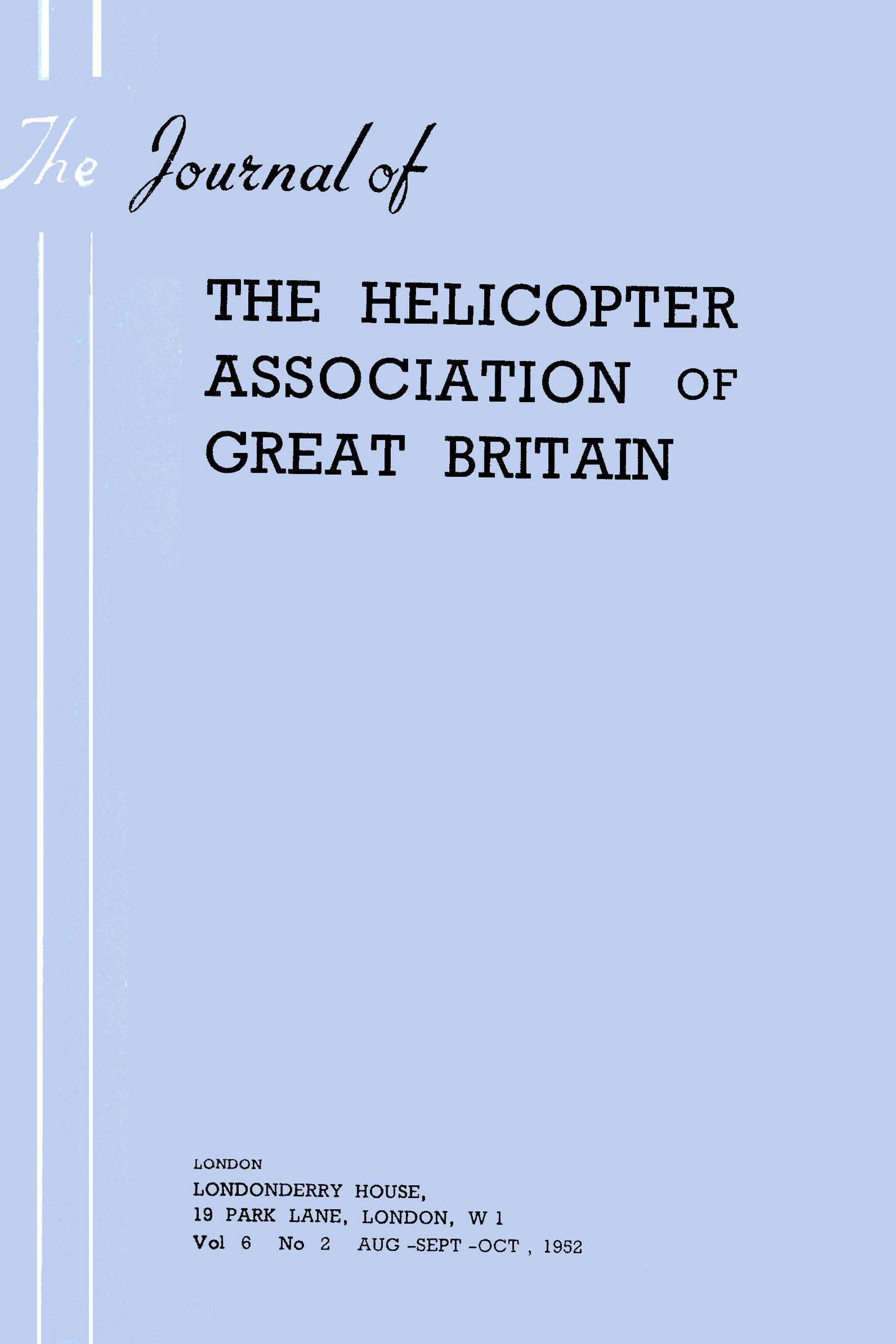Article contents
Some Applications of Gas Turbine to Helicopter Propulsion
Published online by Cambridge University Press: 26 October 2023
Extract
The CHAIRMAN, in introducing the lecturer, said that they were fortunate in having an extremely topical lecture The subject of gas turbines and their application to helicopters was currently taking a great deal of attention from designers and industry, and the Association were happy to have it in the programme so early in the session
Mr BROWN had been educated at the City Boys Secondary Grammar School, Leicester, and was a State Scholar and a College Exhibitioner at Jesus College, Cambridge He had taken an Honours degree in the Mechamcal Sciences Tripos, and in 1944 joined Power Jets (Research and Development) Ltd, remaining when it became the National Gas Turbine Estabhshment He had been engaged as a research and development engineer on combustion processes and was now employed as a Senior Scientific Officer at the N G T E, being engaged on the examination of gas turbine projects and their thermodynamic performance
- Type
- Research Article
- Information
- The Journal of the Helicopter Association of Great Britain , Volume 8 , Issue 3 , January 1955 , pp. 87 - 102
- Copyright
- Copyright © Royal Aeronautical Society 1955
Footnotes
Crown Copyright Reserved Reproduced by permission of The Controller, H M Stationery Office
The author wishes to thank the Chief Scientist, Ministry of Supply for permission to deliver this paper, and Mr H Constant, Director National Gas Turbine Establishment for permission to use results obtained from investigations carried out there and to thank Mr M F Burle, of the Royal Aircraft Estabhshment who has supplied all the information relative to helicopter perform ance as opposed to that of the power plants
References
Note
Mr BROWN, in presenting his paper, explained that Figure 7 might need correction This scheme and the one with the tip burning had not been shown in their best perspective—in other words, the Mach number ought to have been increased from 1 to something like 2 or 25, but having done all the calculations on 1, he had not gone to the trouble of doing them again
To stimulate discussion, he added at the end of his lecture that the chief reason for the variation in the engine weight figures (i e, 820 lb, 1300 lb, 2340 lb, 1170 lb and 840 lb) was not only the specific power produced by the various schemes, but also the actual power required i e, the horse power calculated as being required to lift the 10,000 lb helicopter This was something which appeared to be difficult to calculate, and people did not seem able to agree on it It depended upon such things as the drag of blades which carried ducting and upon whether a blade which carried along it a series of ducts which had in them hot gas or air could be made to give drags as low as those of the conventional blade
- 1
- Cited by




